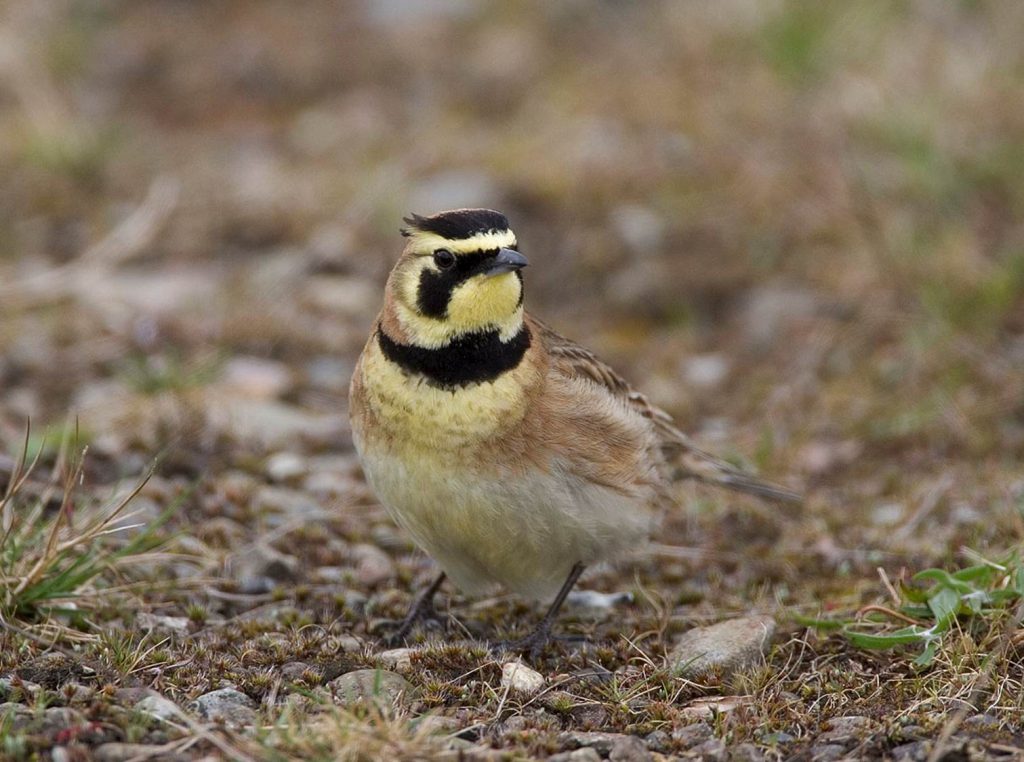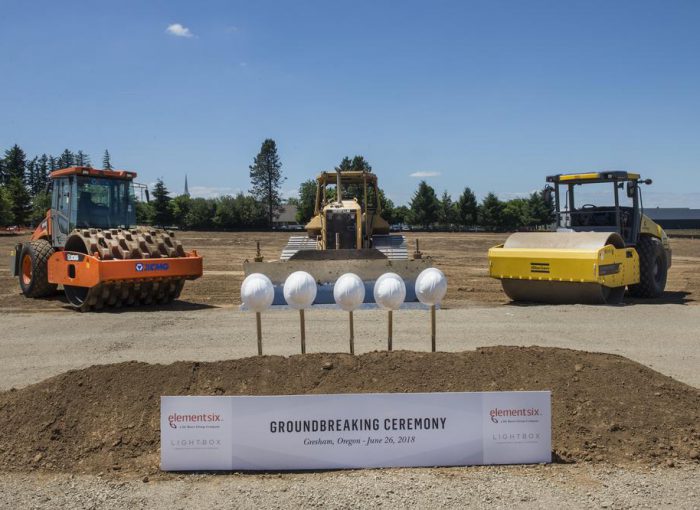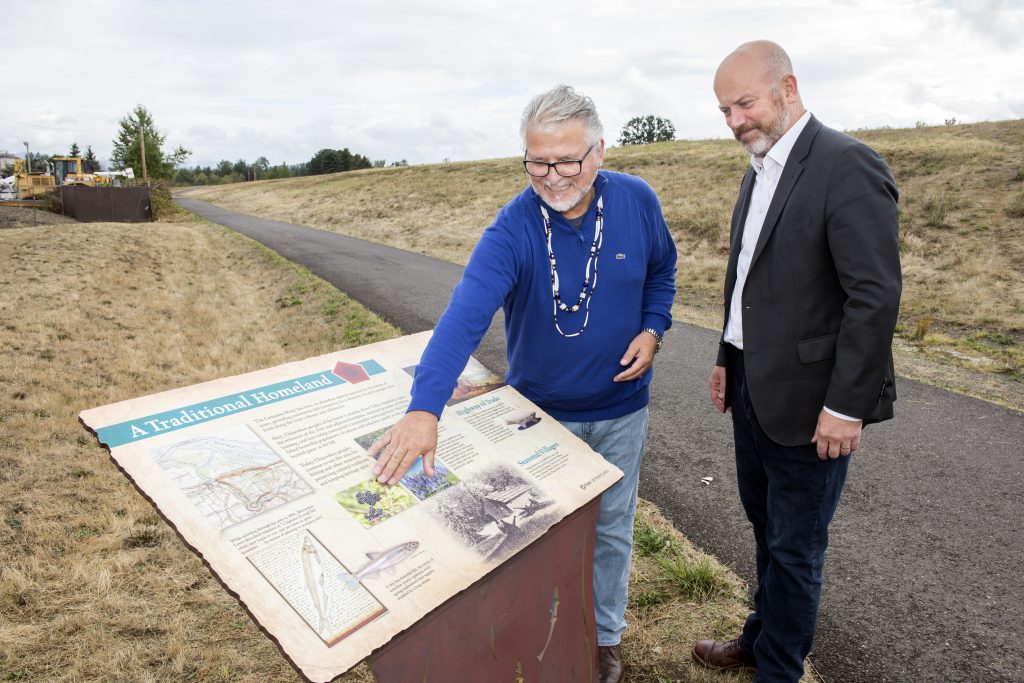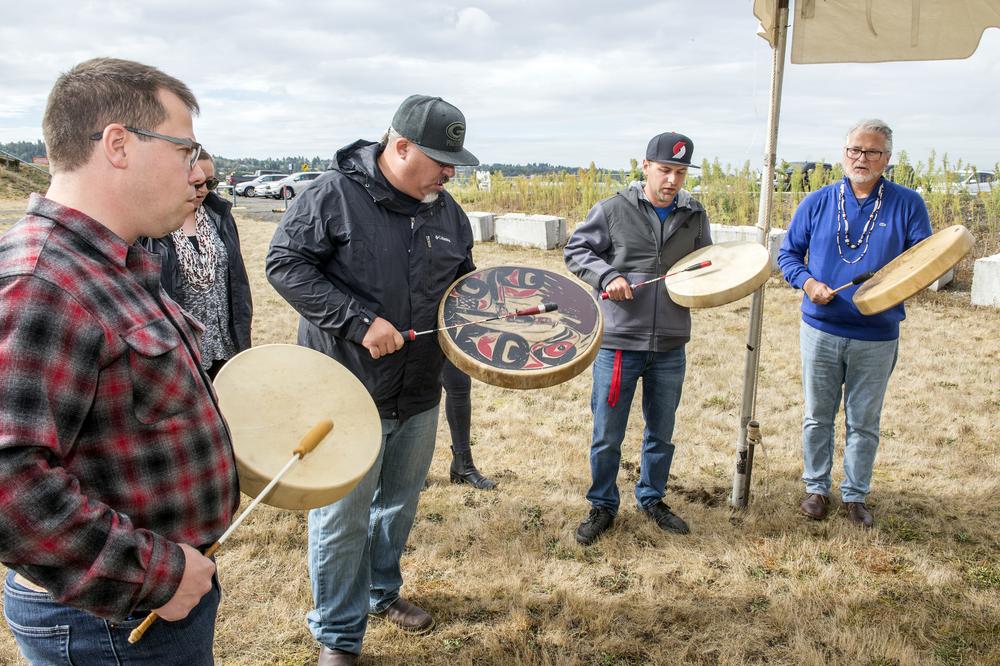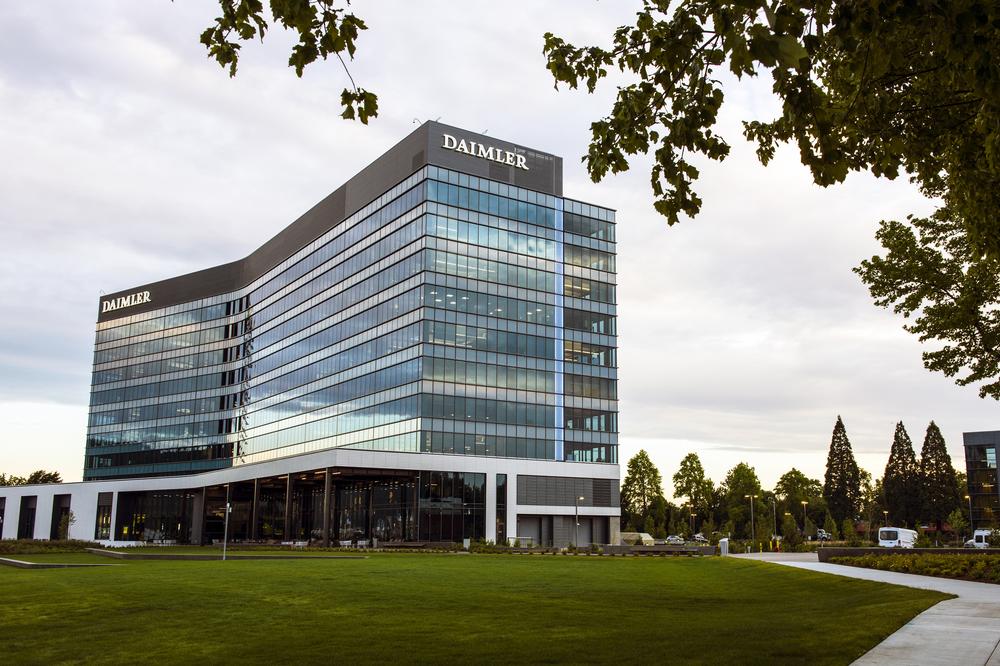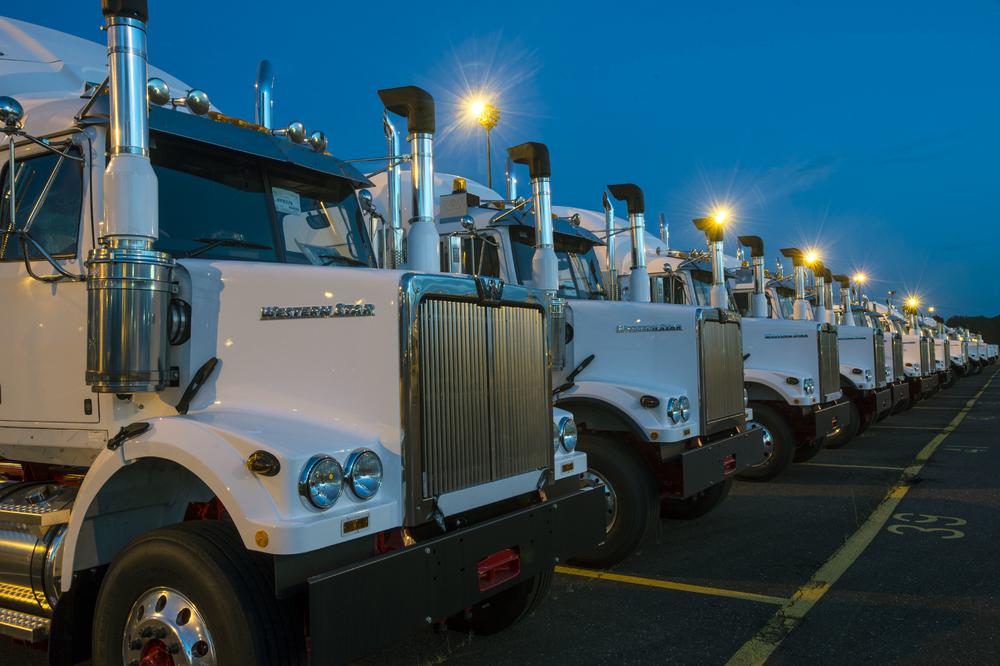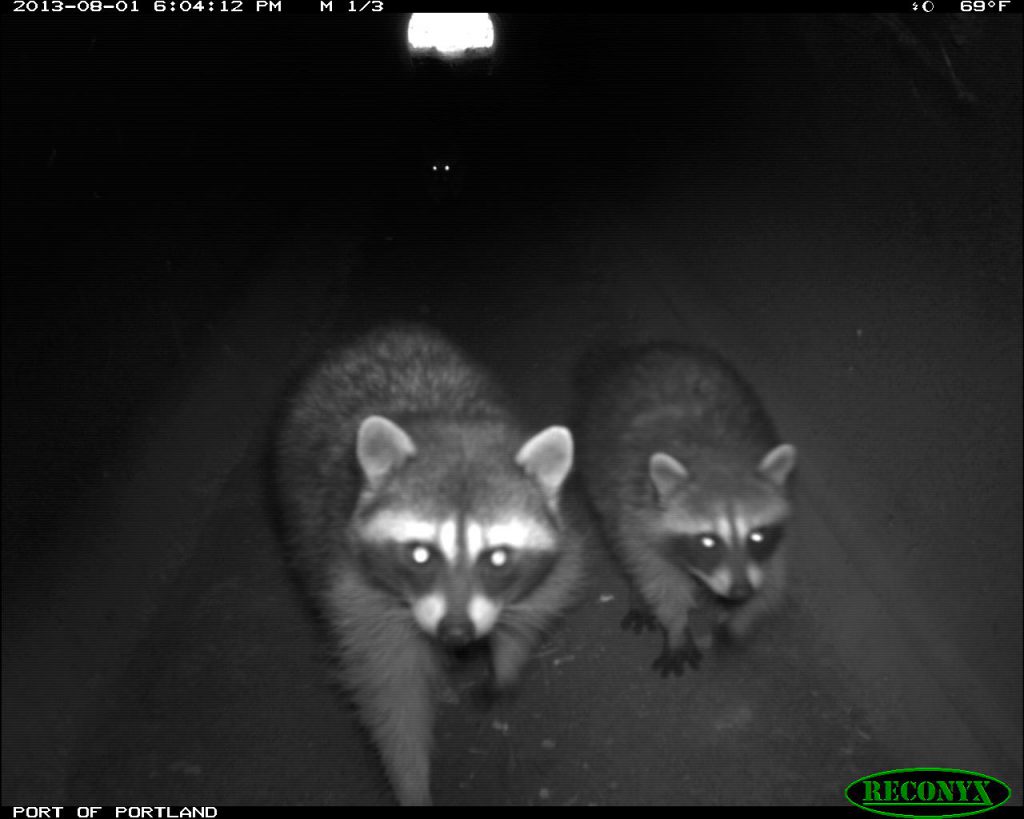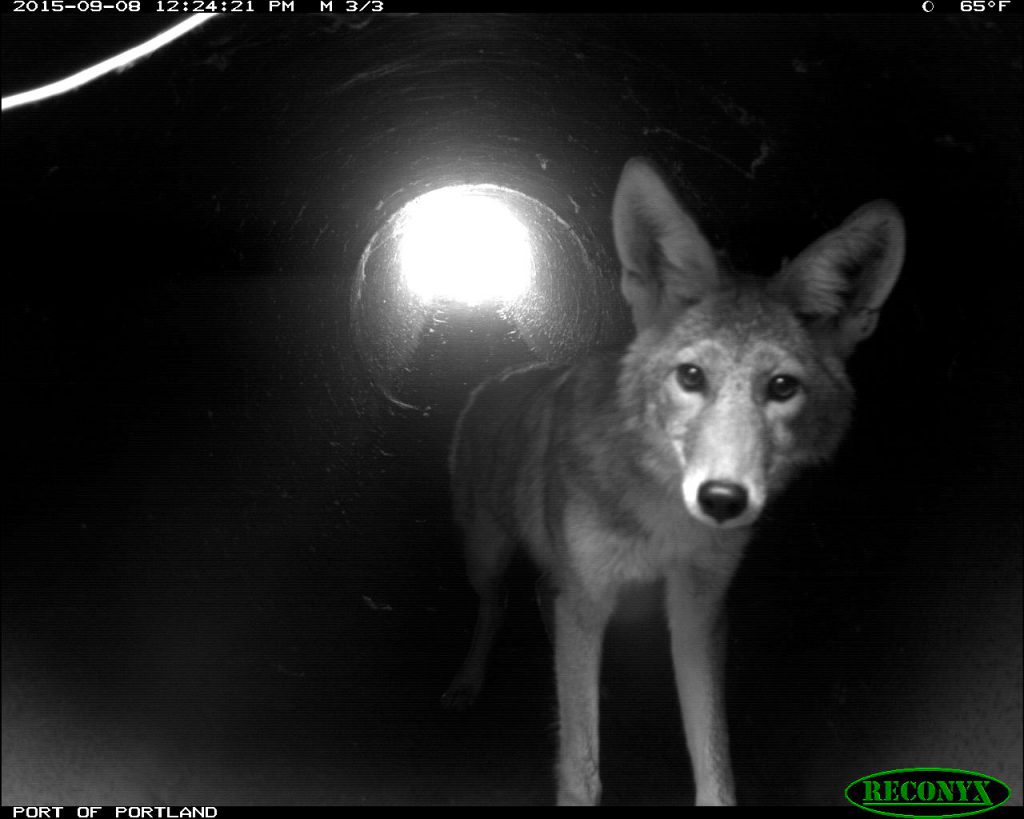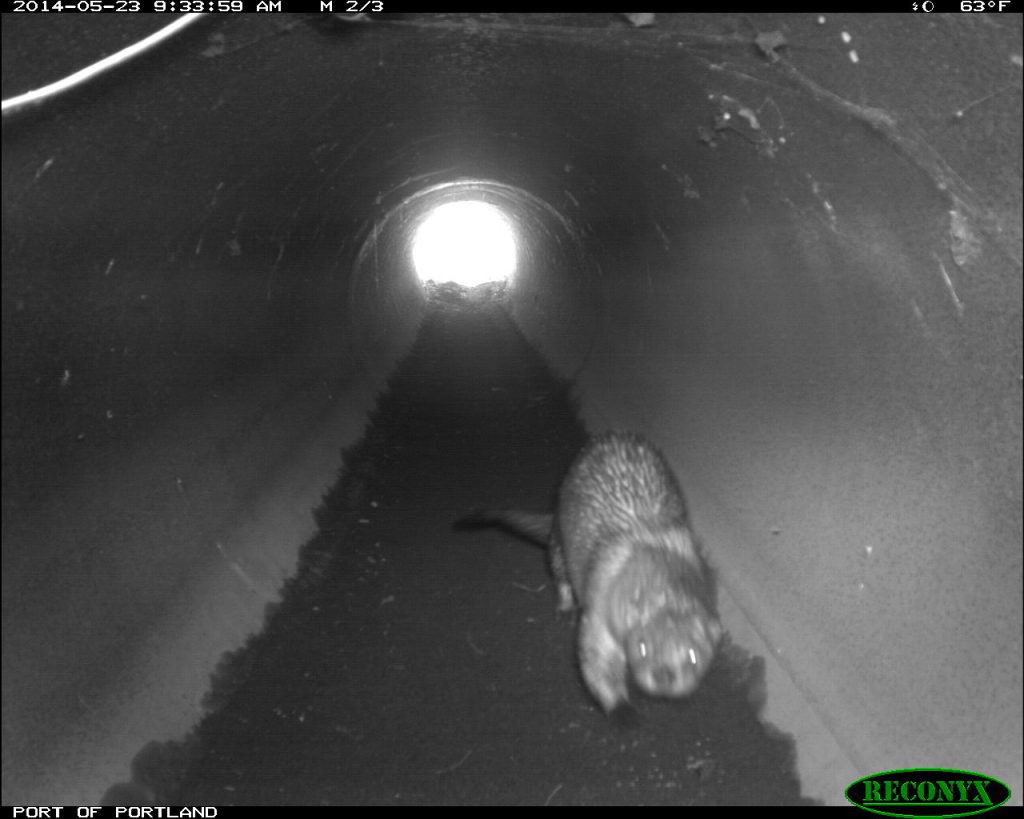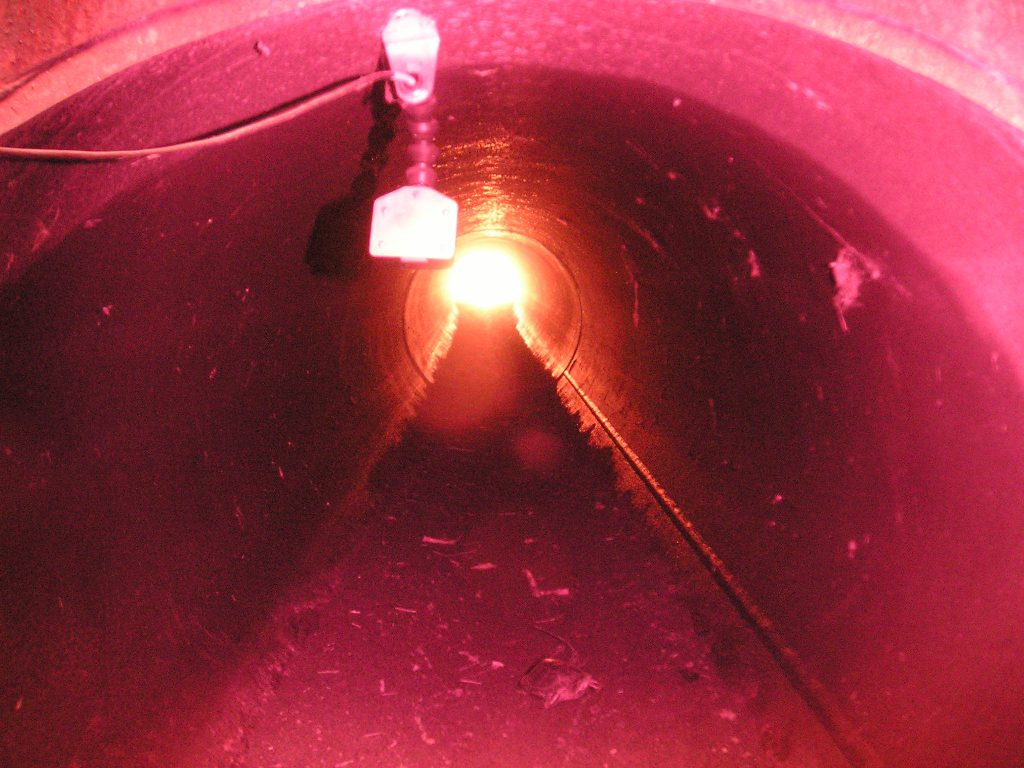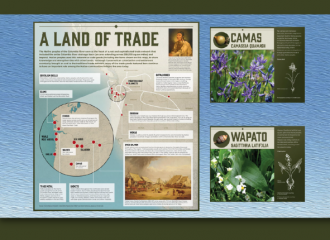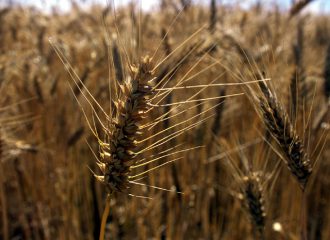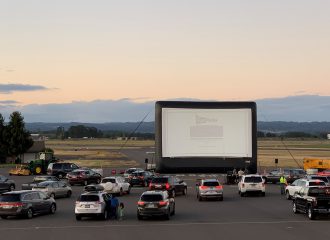Earlier this month, we told you why the Port of Portland owns and develops industrial land. Let’s dive a little deeper into the manufacturing and industrial properties we own throughout the region. We couldn’t uncover any ghost stories to share, but this land has plenty of great stories and history.
Here are 11 interesting facts and stories about the industrial land we own.
1. Our industrial properties create jobs
Our business parks offer a range of jobs to people in the region. An economic study found that Port properties created nearly 31,000 jobs and generated $1.5 billion in income.
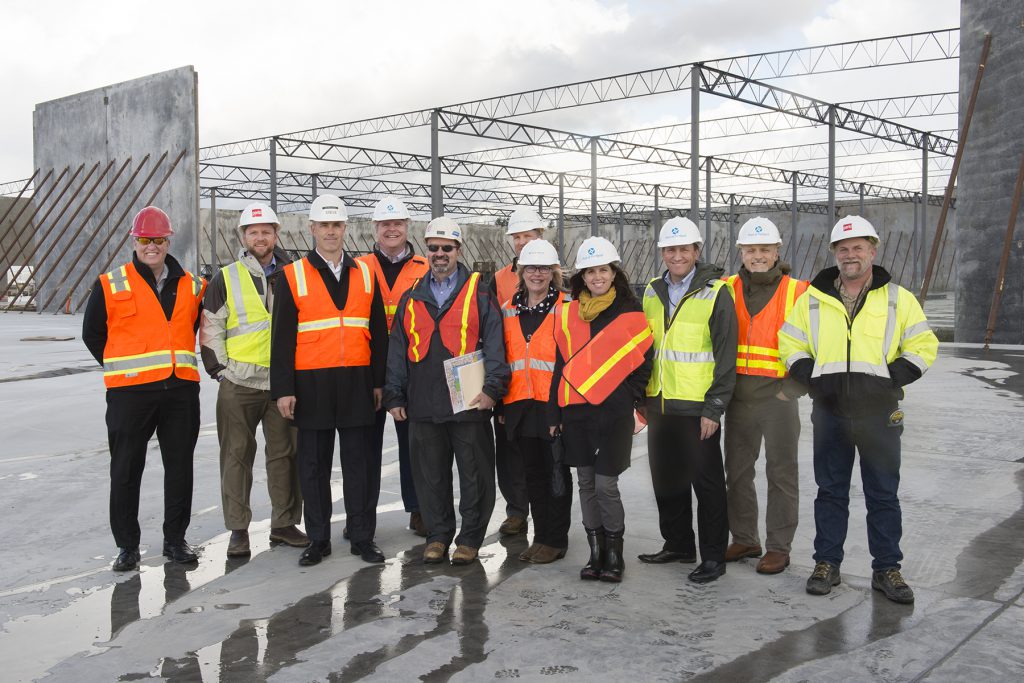
We’ve now shifted our focus to attract businesses that provide quality, living-wage jobs. Read how we jumpstarted that process in Gresham.
As our Chief Commercial Officer Keith Leavitt said about this new development project, “We want [it] to not just bring more quality jobs to East Multnomah County, but to attract businesses that provide stability and career growth so people in the region can support themselves and their families.”
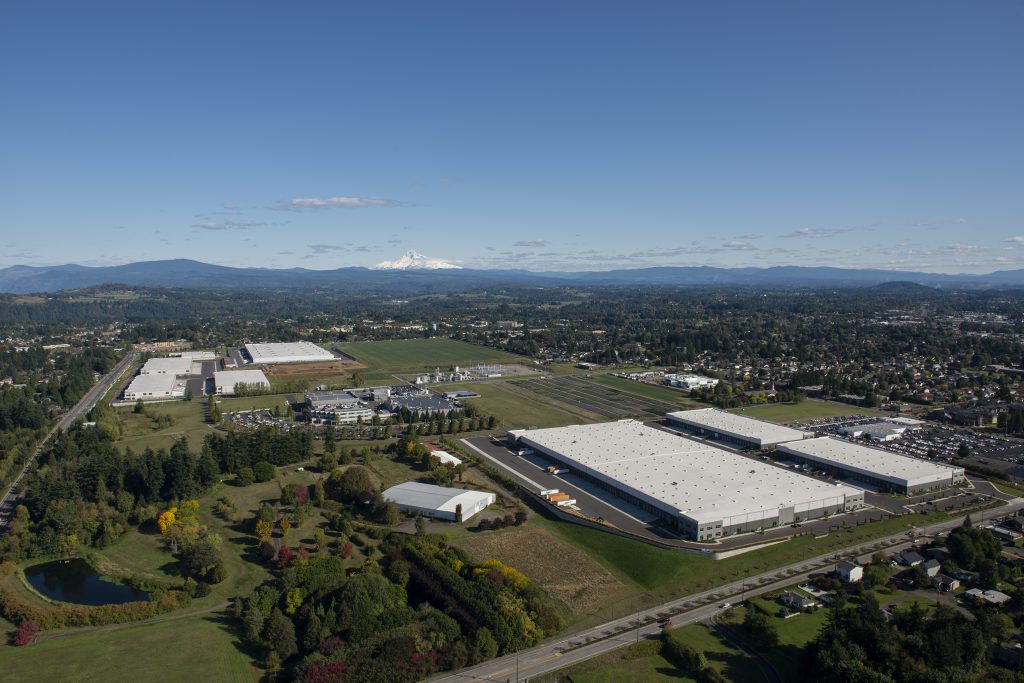
2. Honoring tribal connections in Troutdale
Next time you are hiking or biking the 40-mile loop trail near the Troutdale Reynolds Industrial Park, stop and take in the interpretive sign resulting from our partnership with members of the Grand Ronde tribes. The sign honors the tribal history and cultural significance of the confluence of the Sandy River delta and Columbia River system.
3. The Troutdale Reynolds Industrial Park dates back to World War II
In November 1941, bulldozers broke ground on a new aluminum reduction plant in Troutdale. Six months later, the plant produced the first lightweight metal that would be used to make World War II airplanes. The federal government operated the aluminum plant until 1946 when it was leased to Reynolds Metals Corporation (RMC), which became an important employer in East Multnomah County for more than 50 years.
Alcoa acquired RMC in 2000, and the Port then purchased the land from Alcoa in 2007. Soon after, we supported Alcoa’s efforts to clean up and restore this land to today’s environmental standards. This work to redevelop the site won the 2011 Phoenix Award, recognizing it as the top brownfield redevelopment project in the country.
4. Swan Island used to actually be an island
Yes, it’s true. Swan Island is no longer an island – but it used to be! It was also previously home to Oregon’s first commercial airport. Construction on the Swan Island Airport began in 1926, and Charles Lindbergh landed his “Spirit of St. Louis” at Swan Island in 1927 to dedicate the new airport. After planes got too big for Swan Island, we built a new airport where PDX now stands.
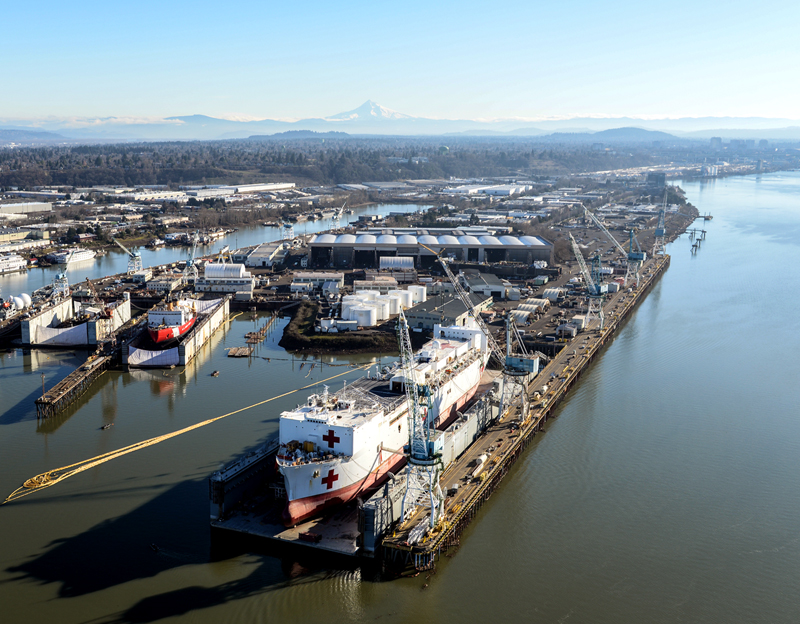
Today, Swan Island is home to approximately 170 businesses, including Daimler Trucks, UPS, FedEx, CEMEX, Vigor Industrial and Columbia Distributing.
5. Daimler is doing the electric shuffle on Swan Island
Speaking of Daimler, they will be converting their Swan Island factory to make electric Freightliner trucks in 2021. These electric trucks can travel up to 250 miles and recharge their batteries quickly: about 80% in 90 minutes. Daimler is leading the way in creating a fleet of trucks that ultimately get us closer to zero-emission commercial vehicles.
6. Troutdale is also home to two hydropower substations
Our Troutdale Reynolds Industrial Park (TRIP) houses two hydropower substations. What does that mean exactly? Substations receive high voltage power from transmission lines and transform that power to a lower voltage so it can be distributed to homes and businesses. Simply put, some of the energy we get from the Columbia River dams goes straight through Troutdale and into your home. (Cue “The more you know” graphic.)
7. Diamonds are being grown in Gresham
We officially welcomed Element Six to the Gresham Vista Business Park at the end of October. The company — owned by De Beers, the world’s largest natural diamond retailer — will produce lab-grown diamond jewelry in their new 60,000 square foot building.
Explore how these diamonds are made in the video below, and read how Element Six is bringing a range of good-paying jobs to Gresham.
8. Oregon is a manufacturing leader
Our business parks support industrial and manufacturing jobs, with a significant portion of these businesses focusing on food production, machinery, and computer and electronics manufacturing. According to recent economic research that we commissioned, this sector makes up a larger share of the economy in the Portland Metro Area (18.7%) than nationally (16.4%).
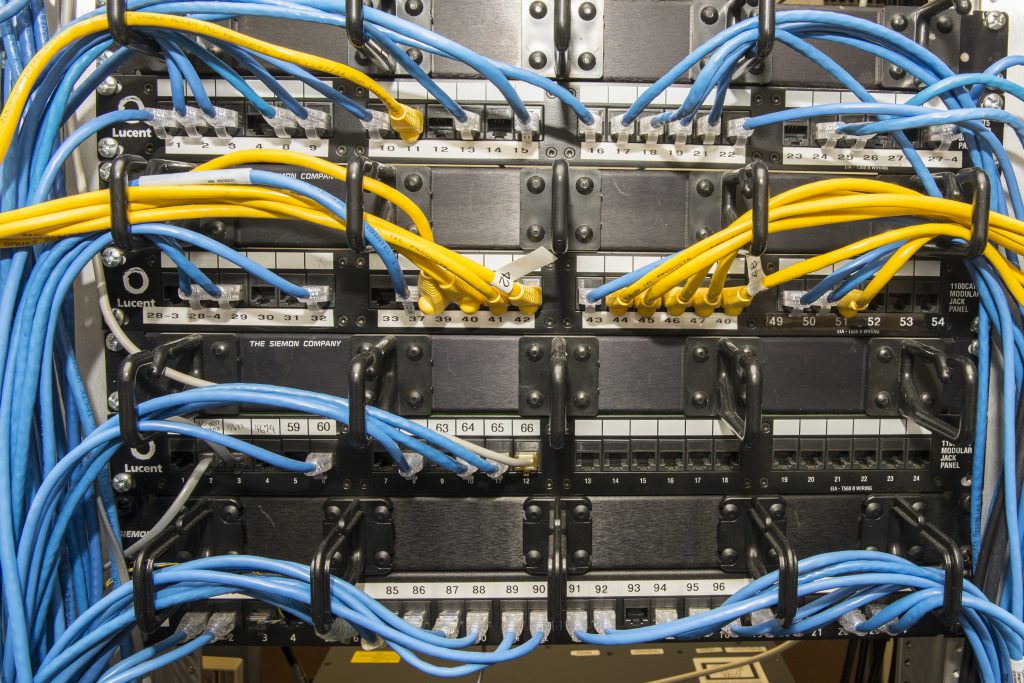
9. We’ve created 9 miles of trails to explore
When we start to develop industrial land, we look for opportunities to set aside green space for the public to use. In fact, while developing our properties, we’ve built more than 9 miles of trails to explore. During the cleanup of the old Reynolds Metals site in Troutdale, for example, we set aside about half of the site for recreation, wetlands and natural space, including a multi-use trail stretching nearly two miles.
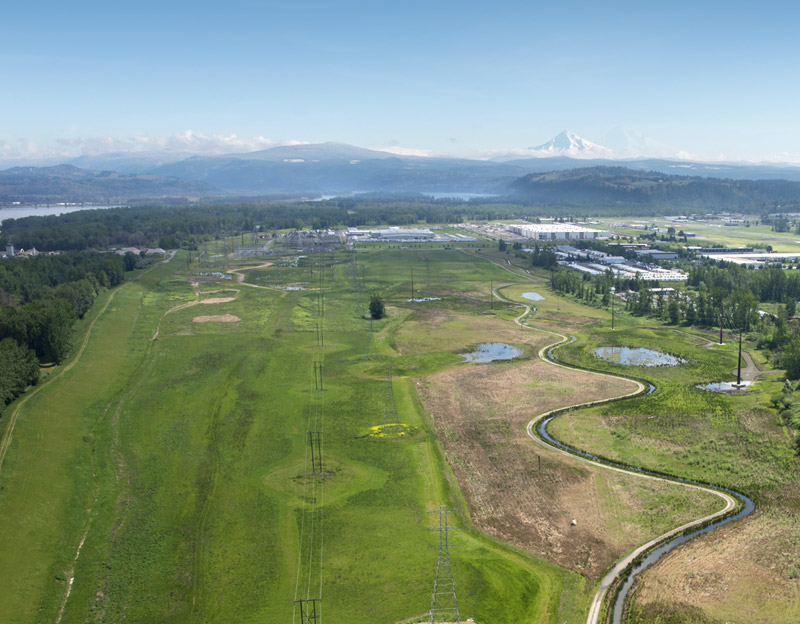
Upcoming trail construction at TRIP is scheduled for 2021, which will close a significant gap in the 40 Mile Loop Trail system, from Blue Lake Park to NE Sundial Road.
10. We also built a safe crossing for wildlife
While planning the Lombard Street Overcrossing in Rivergate, we identified some potential traffic impacts to local wildlife. A road, railroad and driveway separated two Port wetlands within a known wildlife corridor. To give a variety of urban and wetland animals safe passage between the two sites, we worked with the city to build the Rivergate Wildlife Undercrossing in 2004.
The under-crossing was photo-monitored from 2005 to 2015, and we sure saw a lot of activity. A beaver, bullfrog, black rat, coyote, long-toed salamander, mallard, muskrat, nutria, opossum, rabbit, raccoon, river otter, squirrel, Townsend’s mole, weasel, western painted turtle (pink image below), and wood ducks were all documented using the tunnel.
11. We found a safe home for streaked horned larks
The streaked horned lark’s preferred habitat of sandy, sparsely vegetated areas was historically maintained by fire and floods. However, these natural forces have largely disappeared due to human settlement and the construction of dams. The birds began to settle in new spaces, including the airport and our industrial parks. That wasn’t safe for them. Read how we created a new home for these birds, where they’re thriving.
